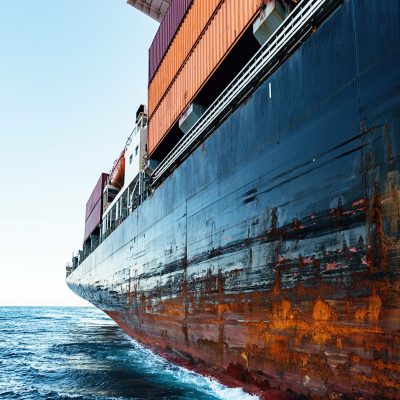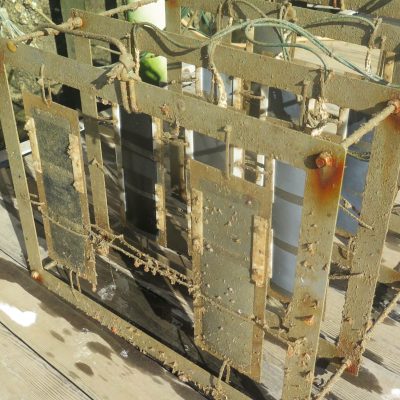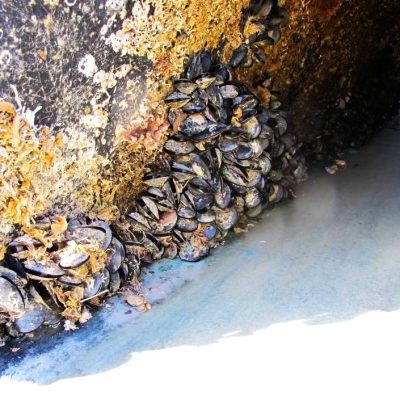Projects
Project
Understanding the formation and behaviour of biofilms is critical in developing effective strategies to prevent and control fouling in various applications. Currently, the most common approach used to control marine biofilms is to apply antifouling coatings, which contain biocides that prevent the attachment of marine organisms to surfaces. These coatings are typically applied to the hull of ships and offshore structures, as well as other underwater surfaces. However, the use of antifouling coatings has come under scrutiny due to concerns about the environmental impact of biocides. In response, researchers are exploring alternative approaches including novel materials and coatings to disrupt biofilm formation and inhibit growth. Regular cleaning and maintenance is also critical for managing biofouling. This includes the use of high-pressure water jets, brushes, and scrapers to remove biofouling from surfaces. However, there is a need for improved cleaning strategies that are more efficient, cost effective and reduce the potential for environmental contamination. These improved cleaning strategies should be supported through the development of automated monitoring systems that can detect the presence of biofouling and provide early warning signs of its formation. This will improve efficiency of cleaning, reduce maintenance costs, and improve management of invasive specific for biosecurity concerns.





